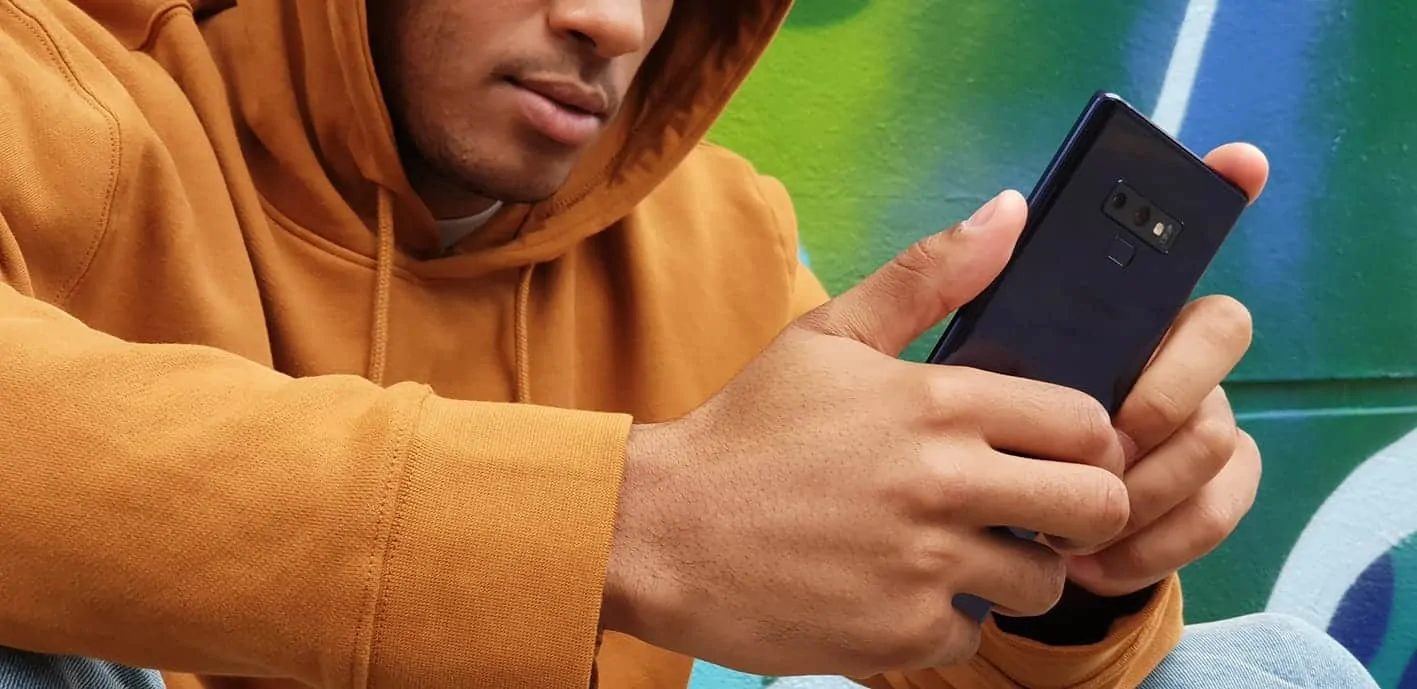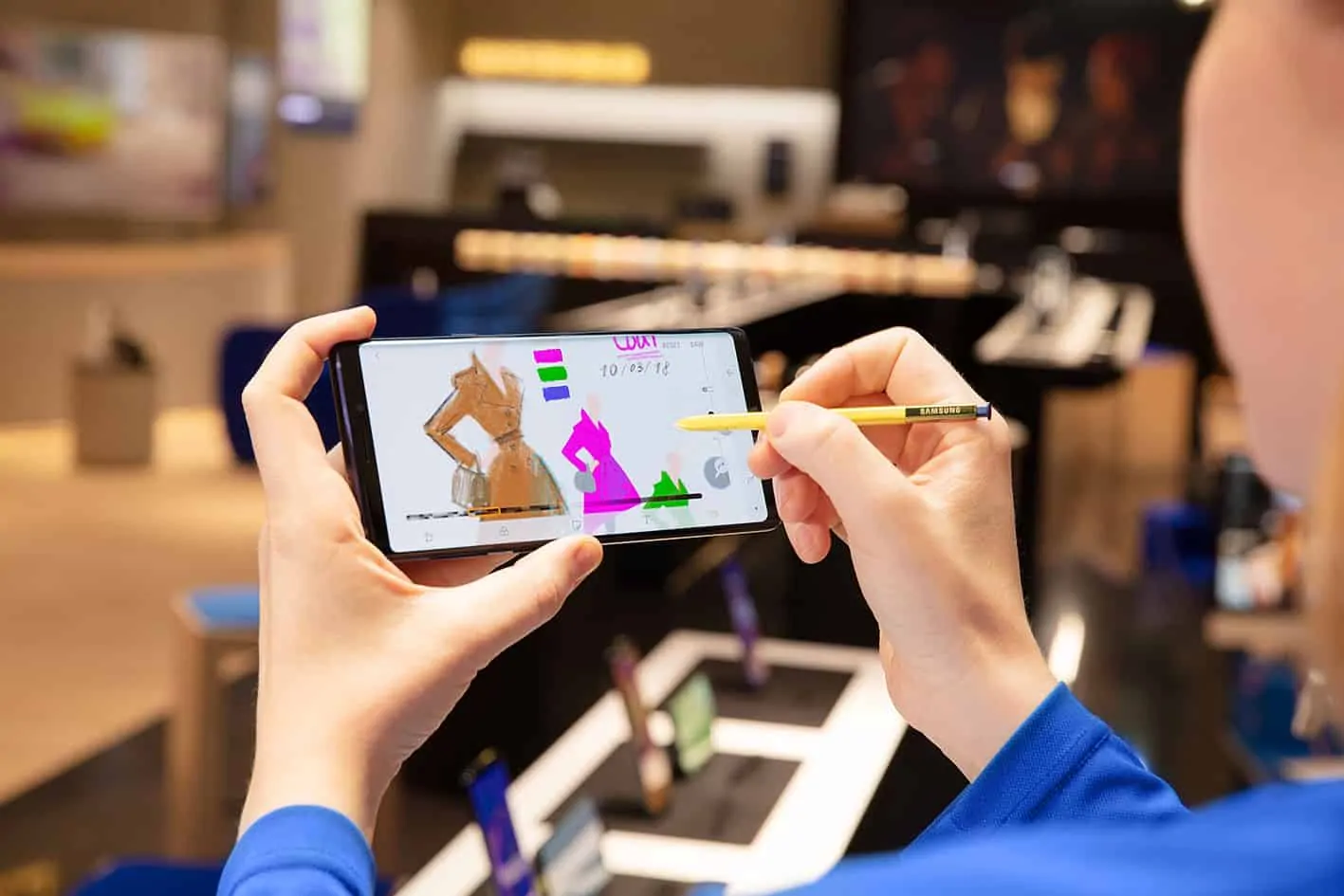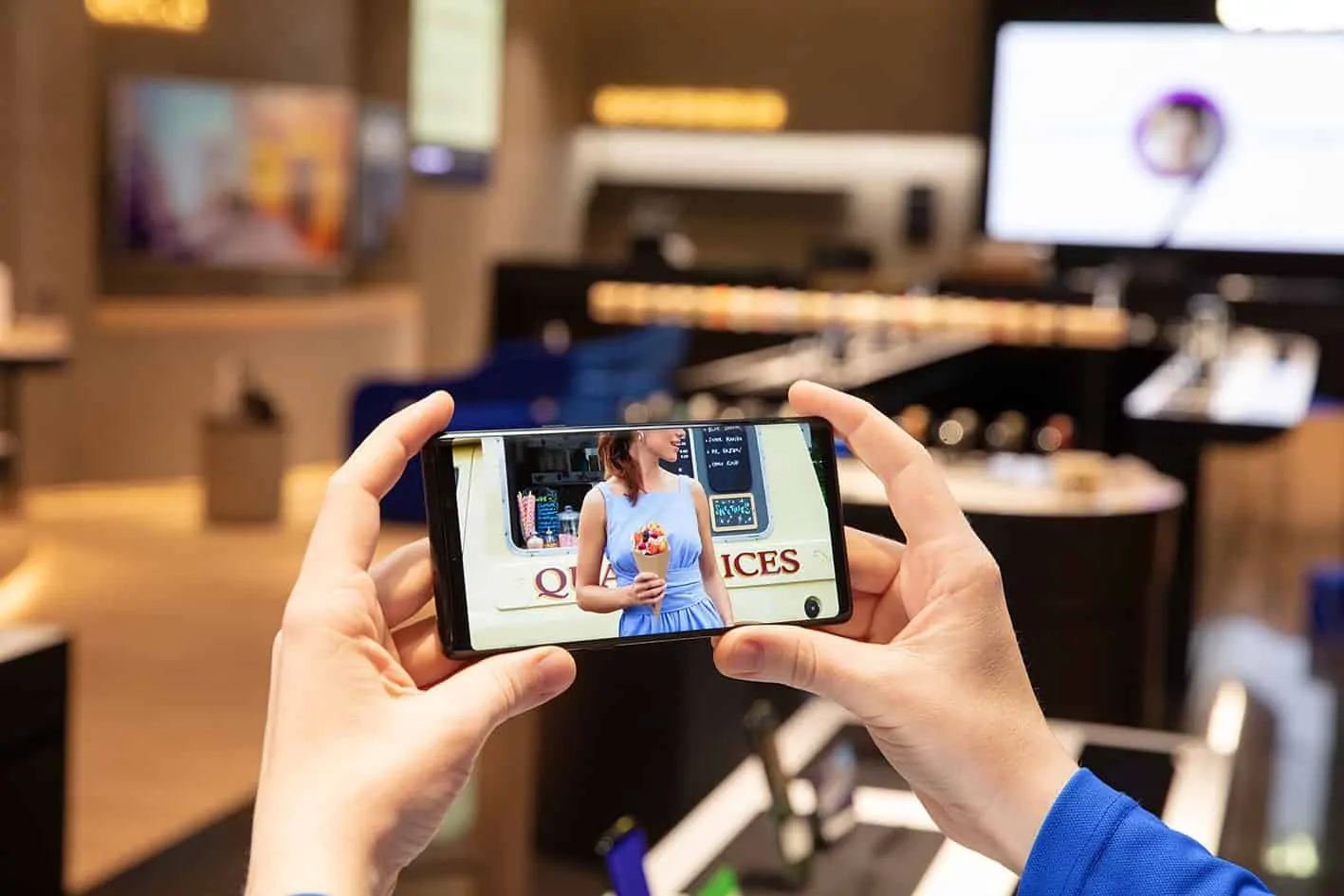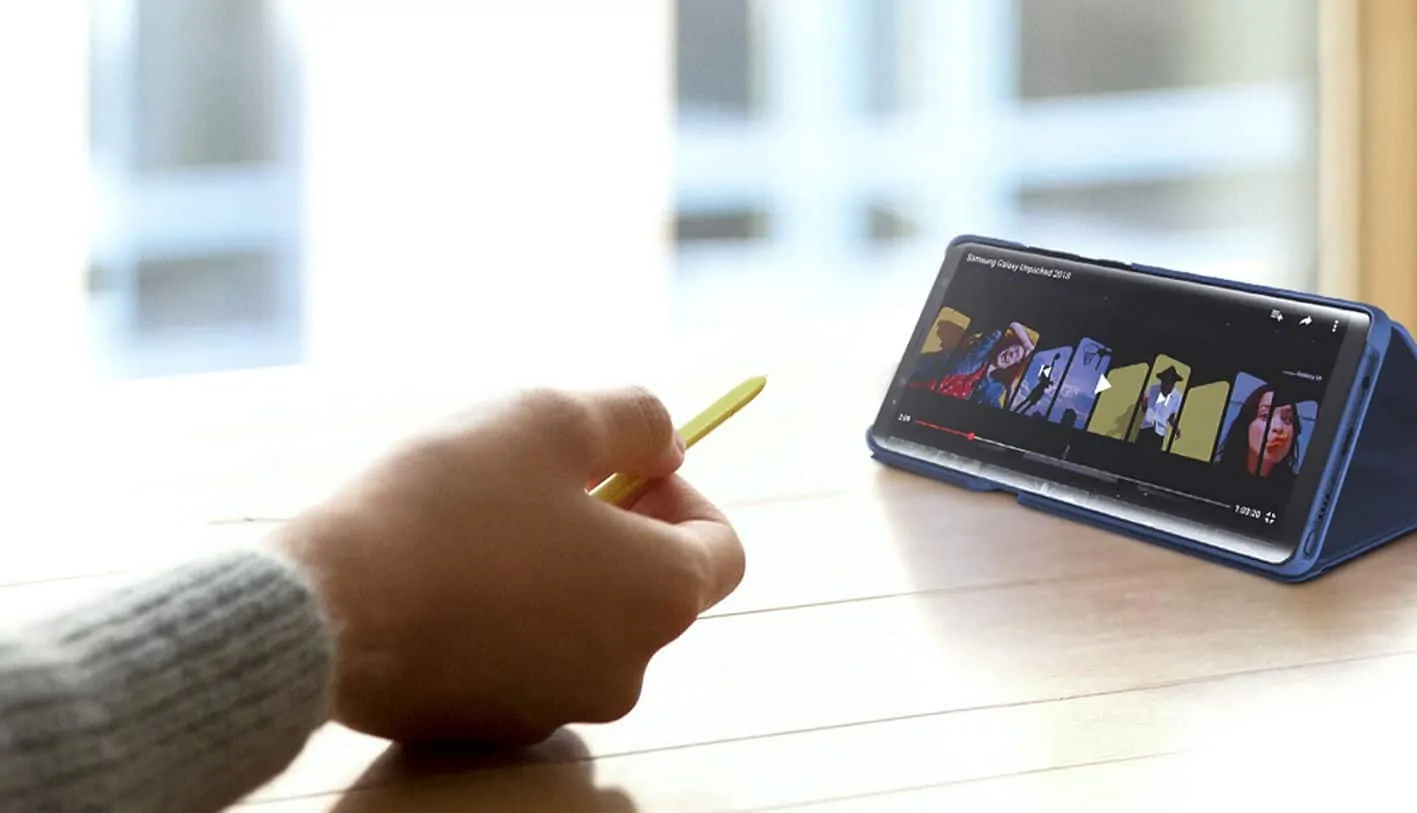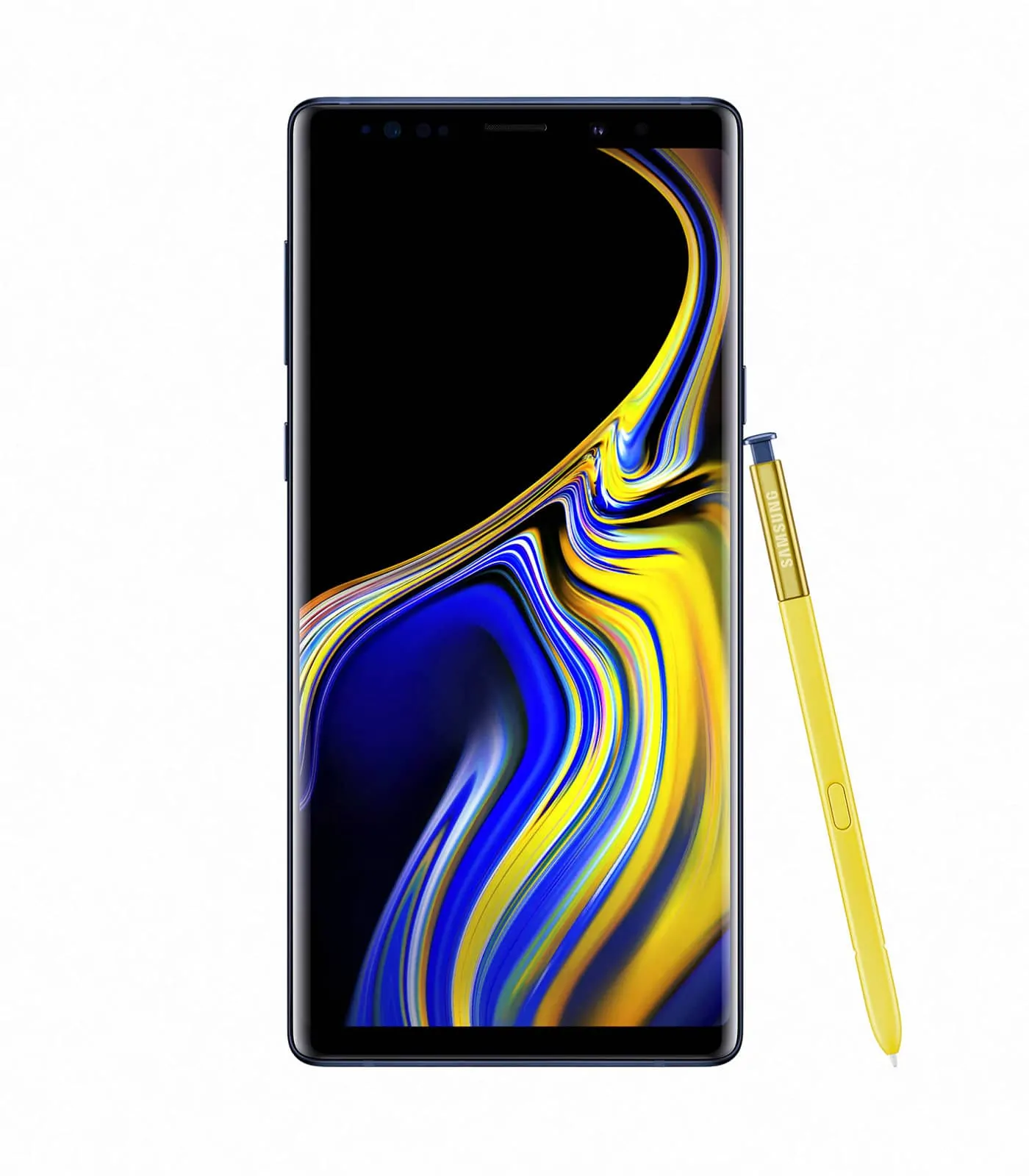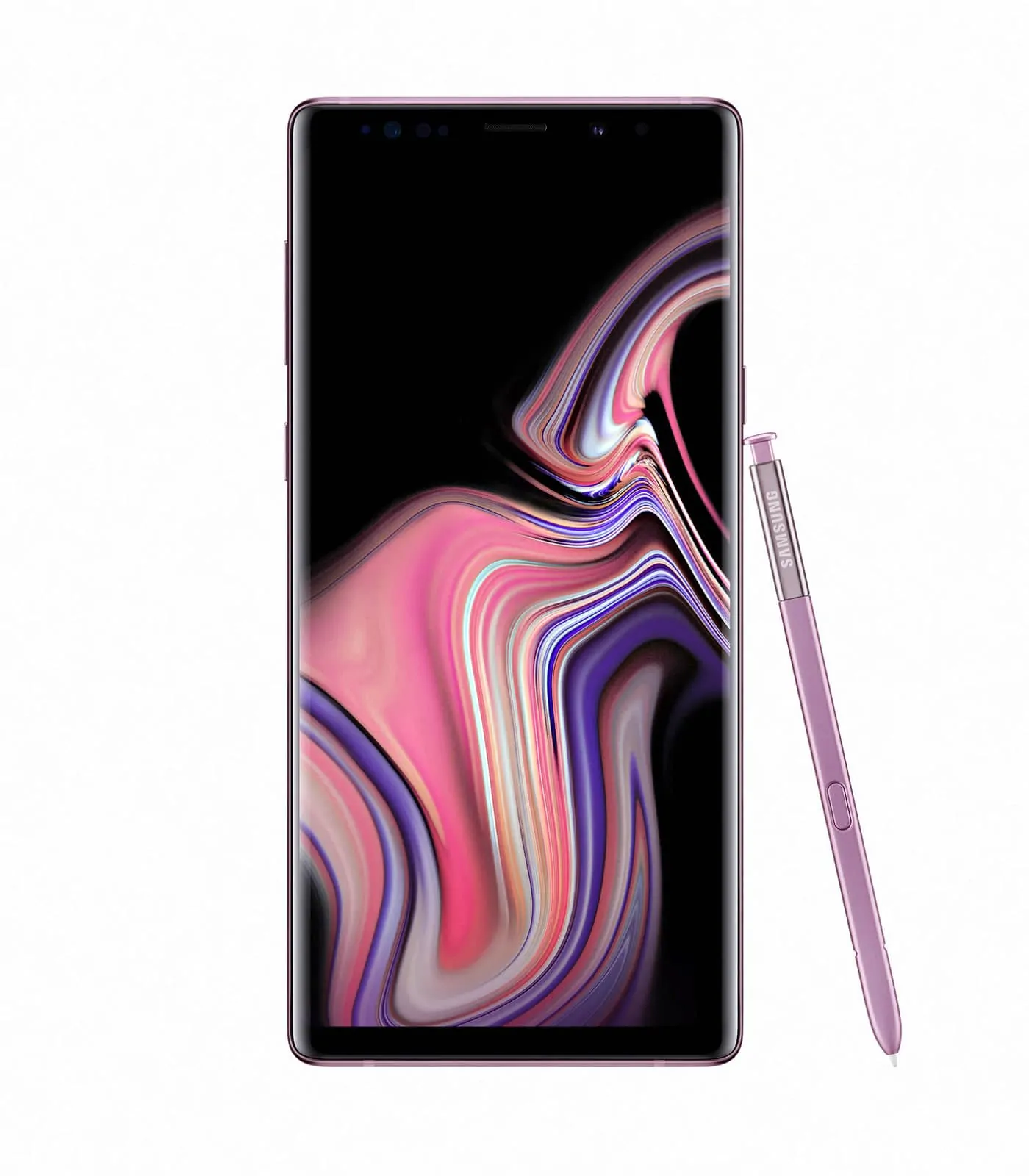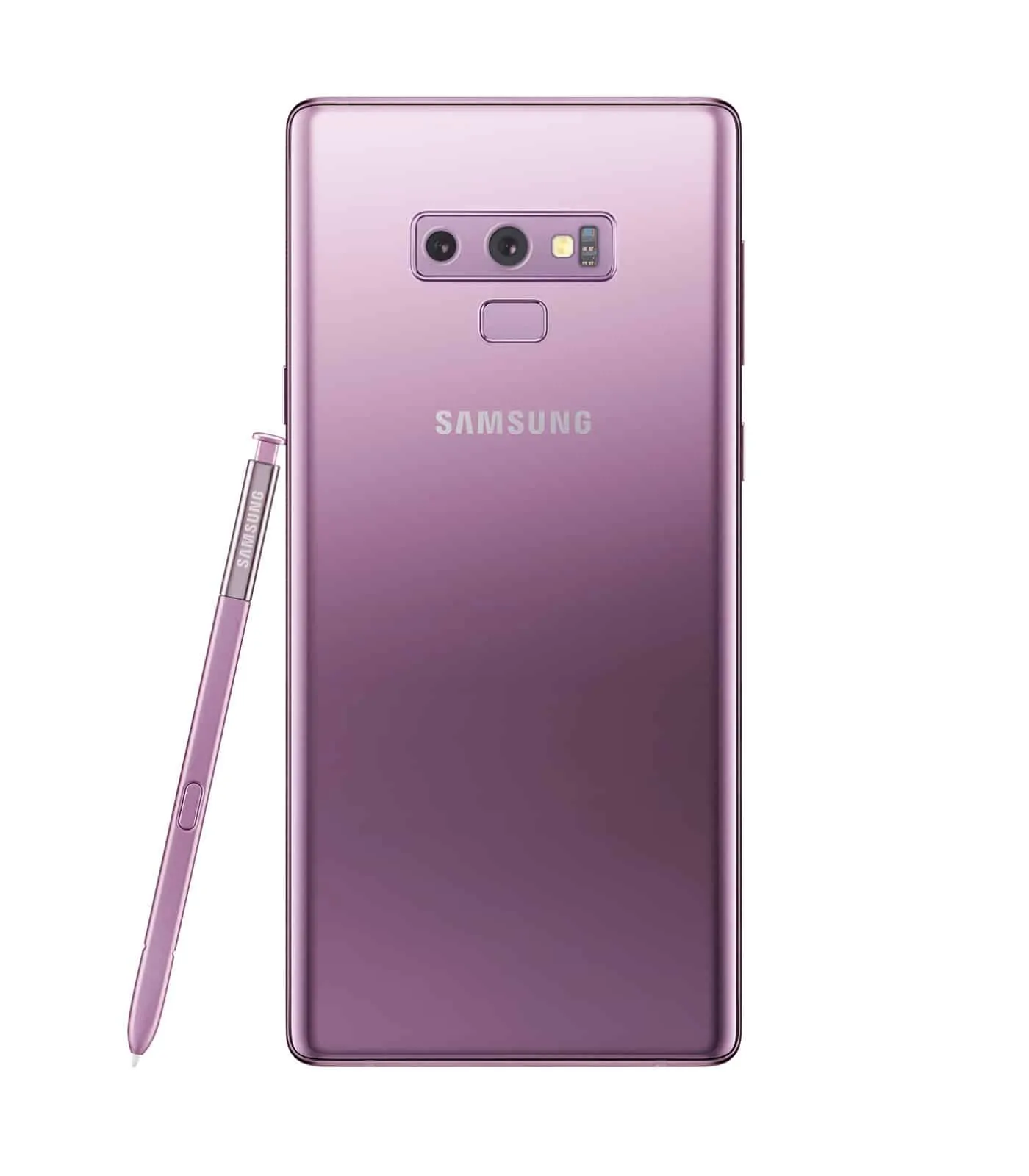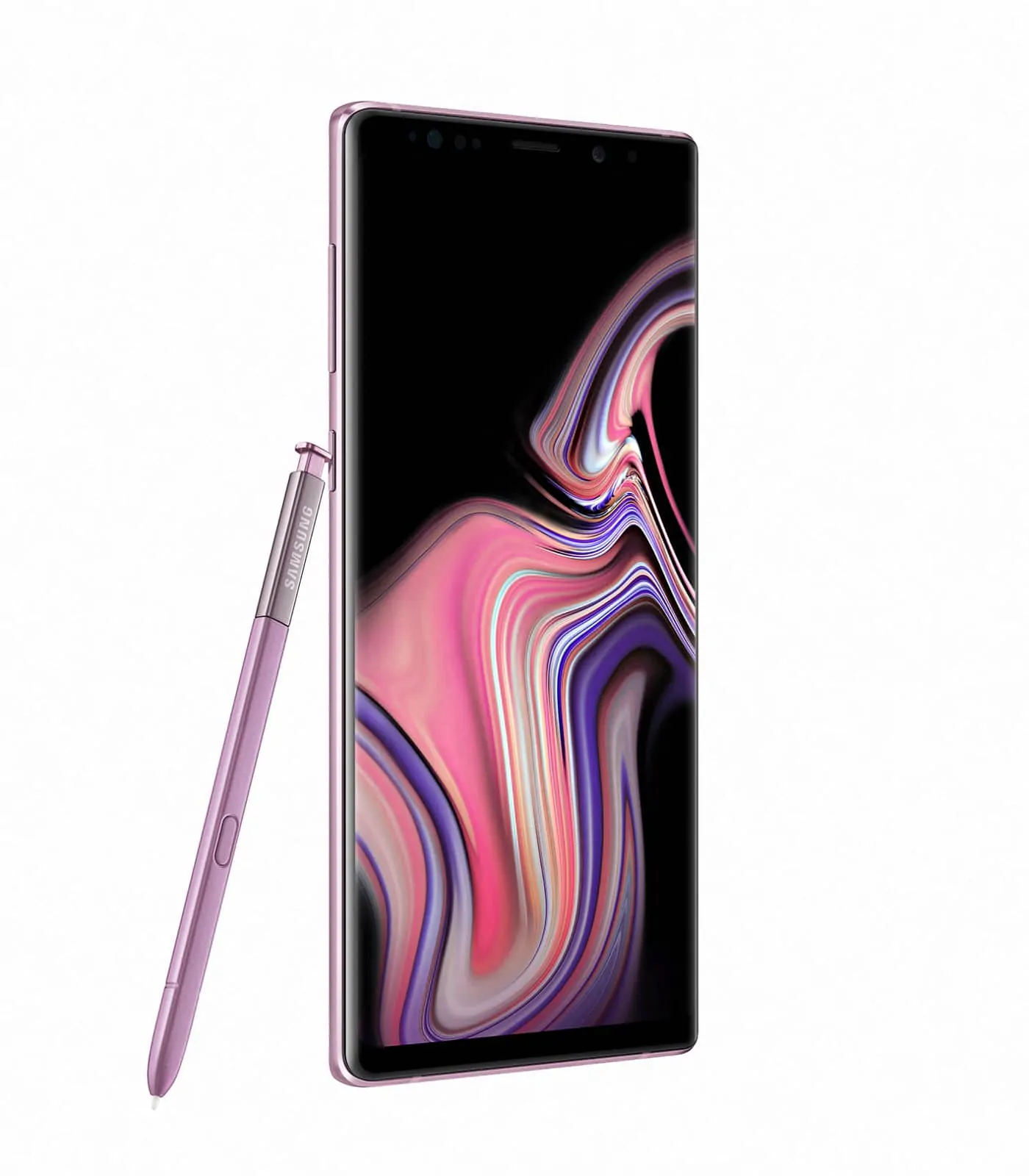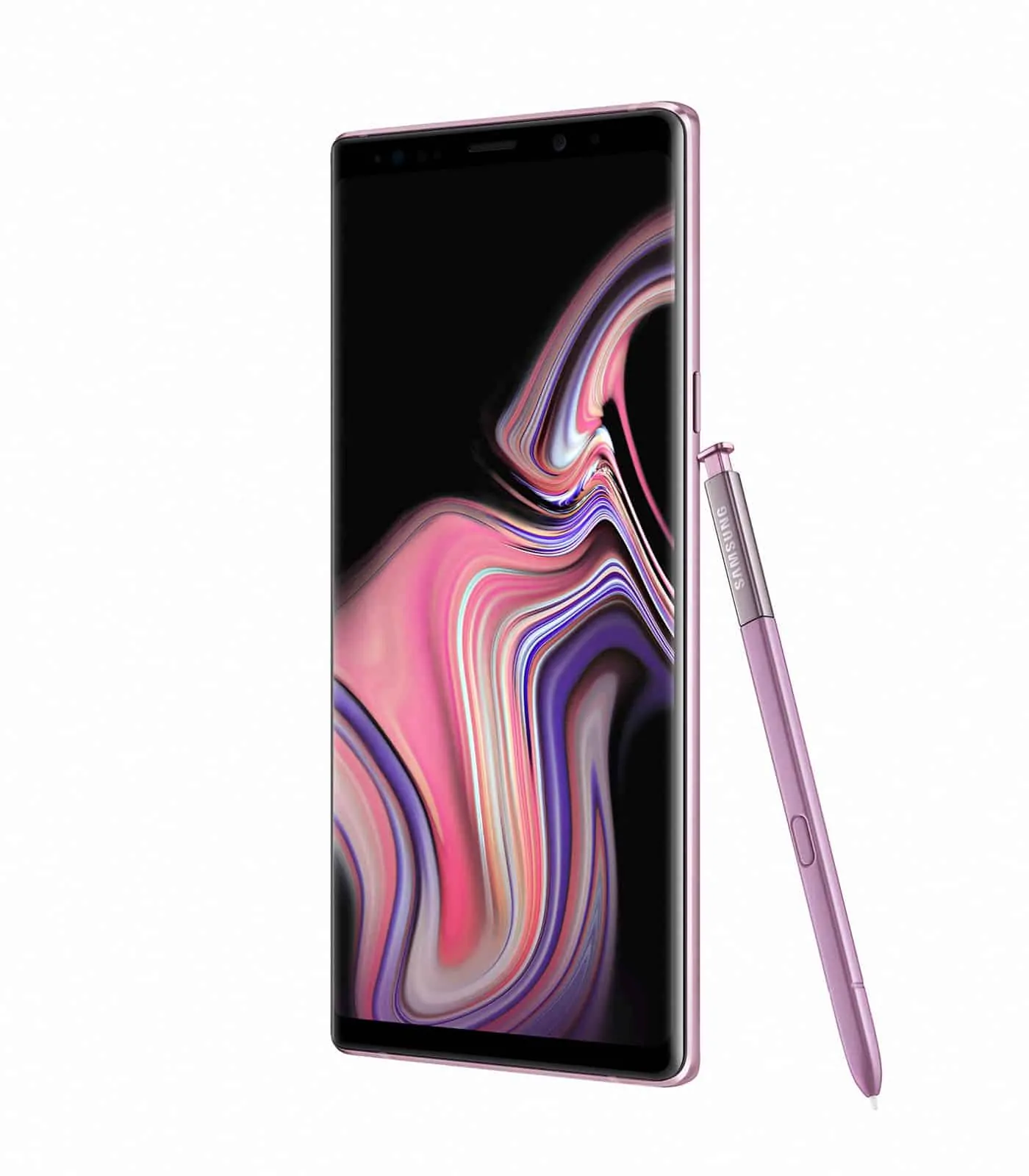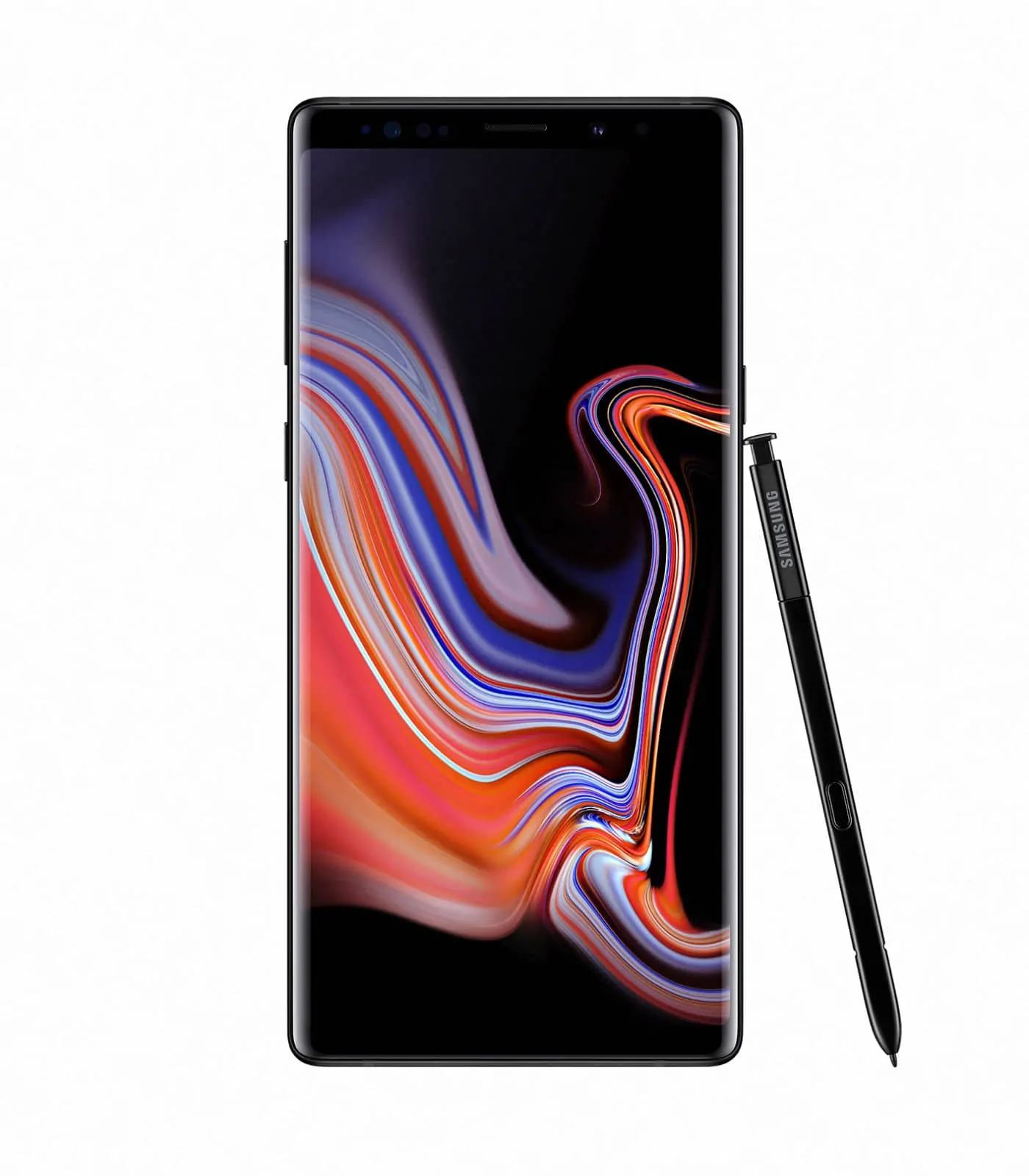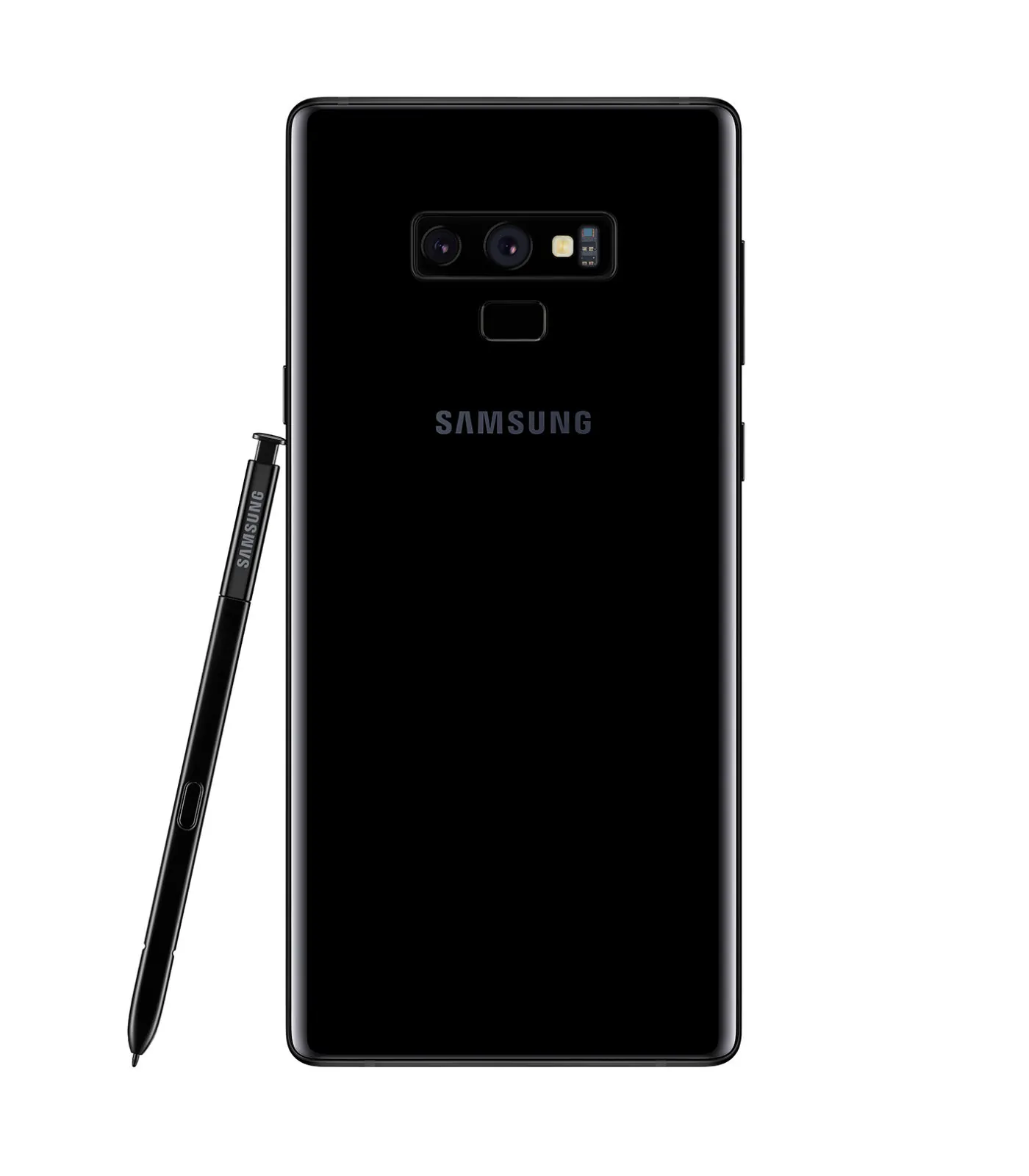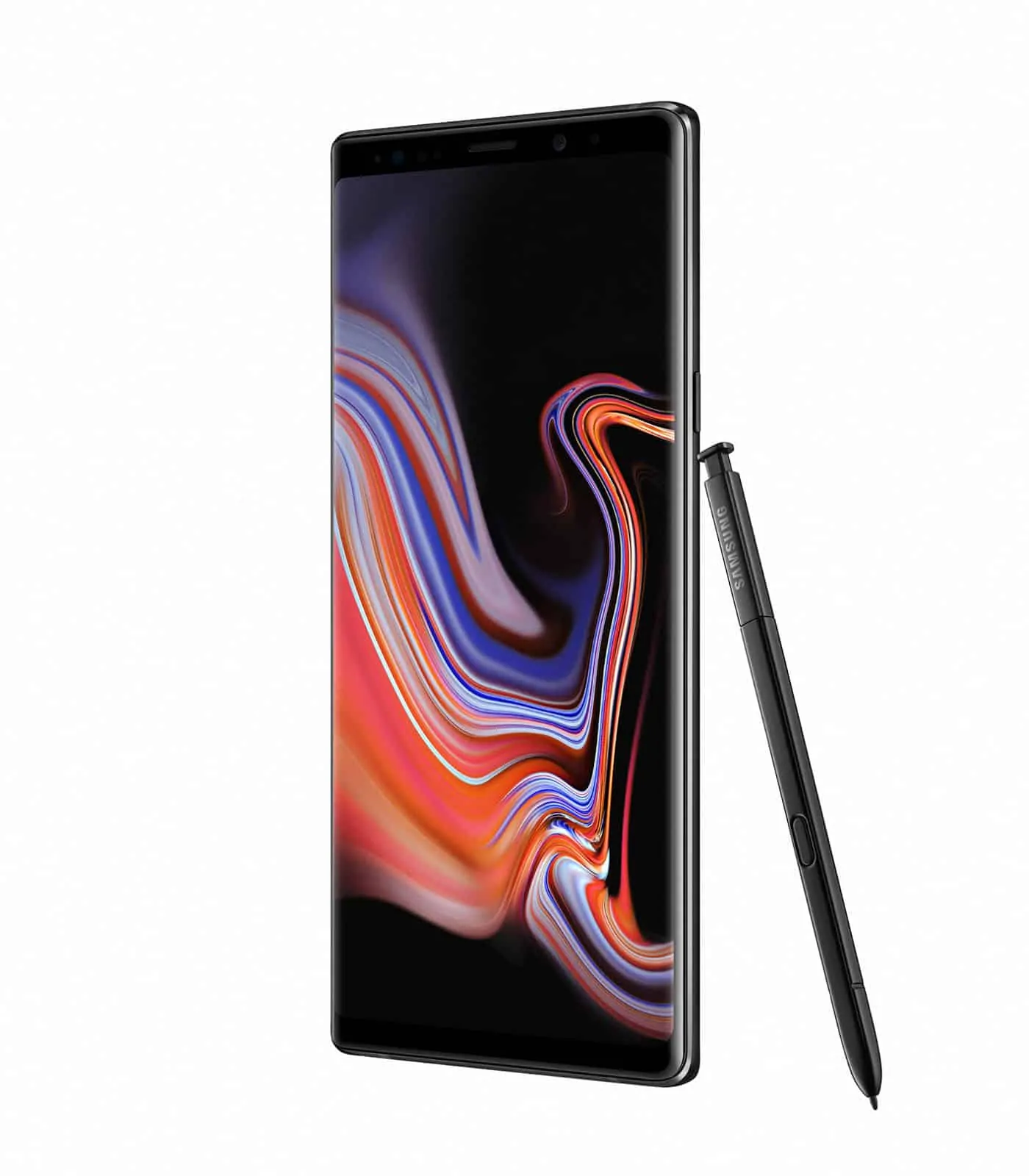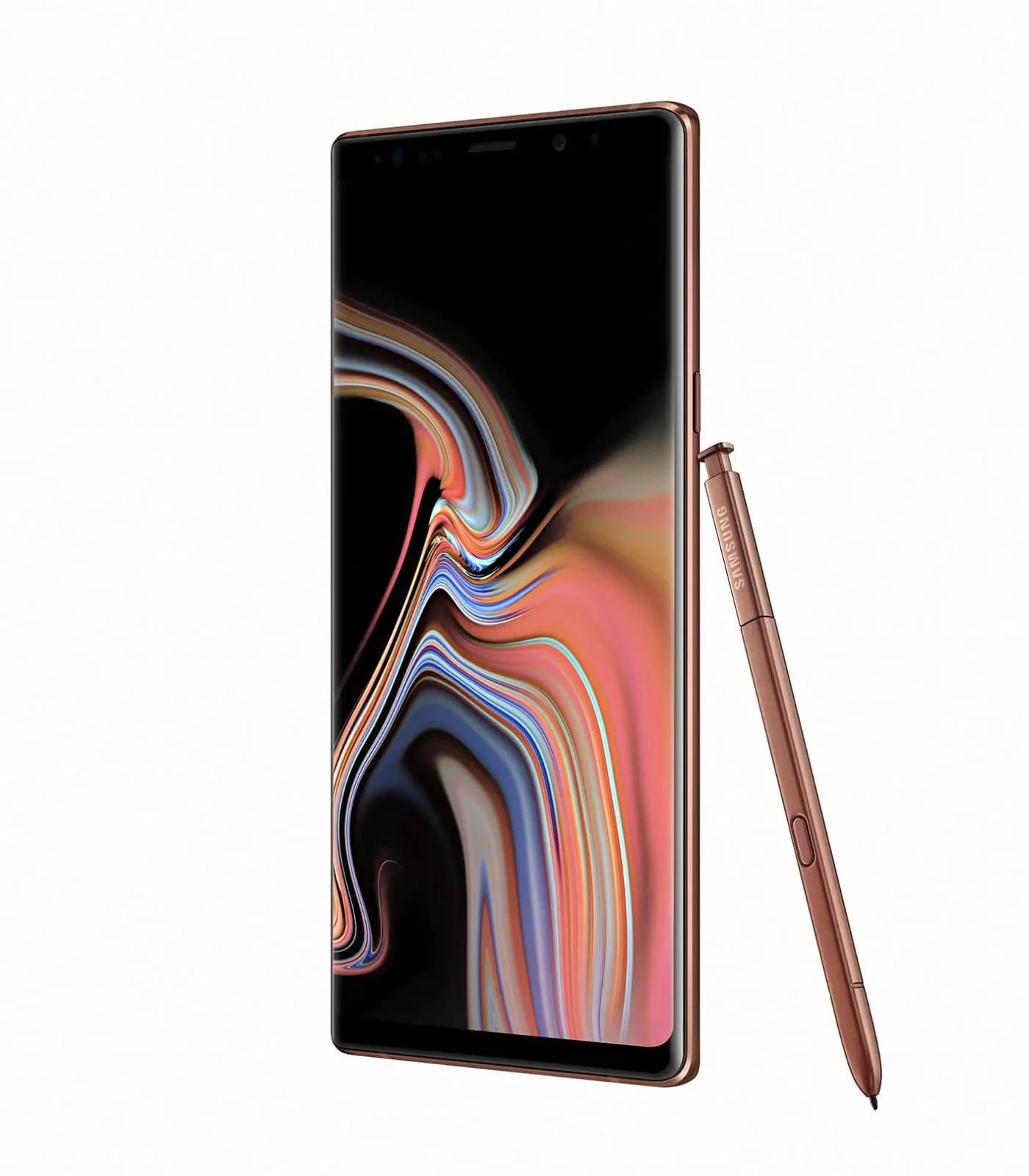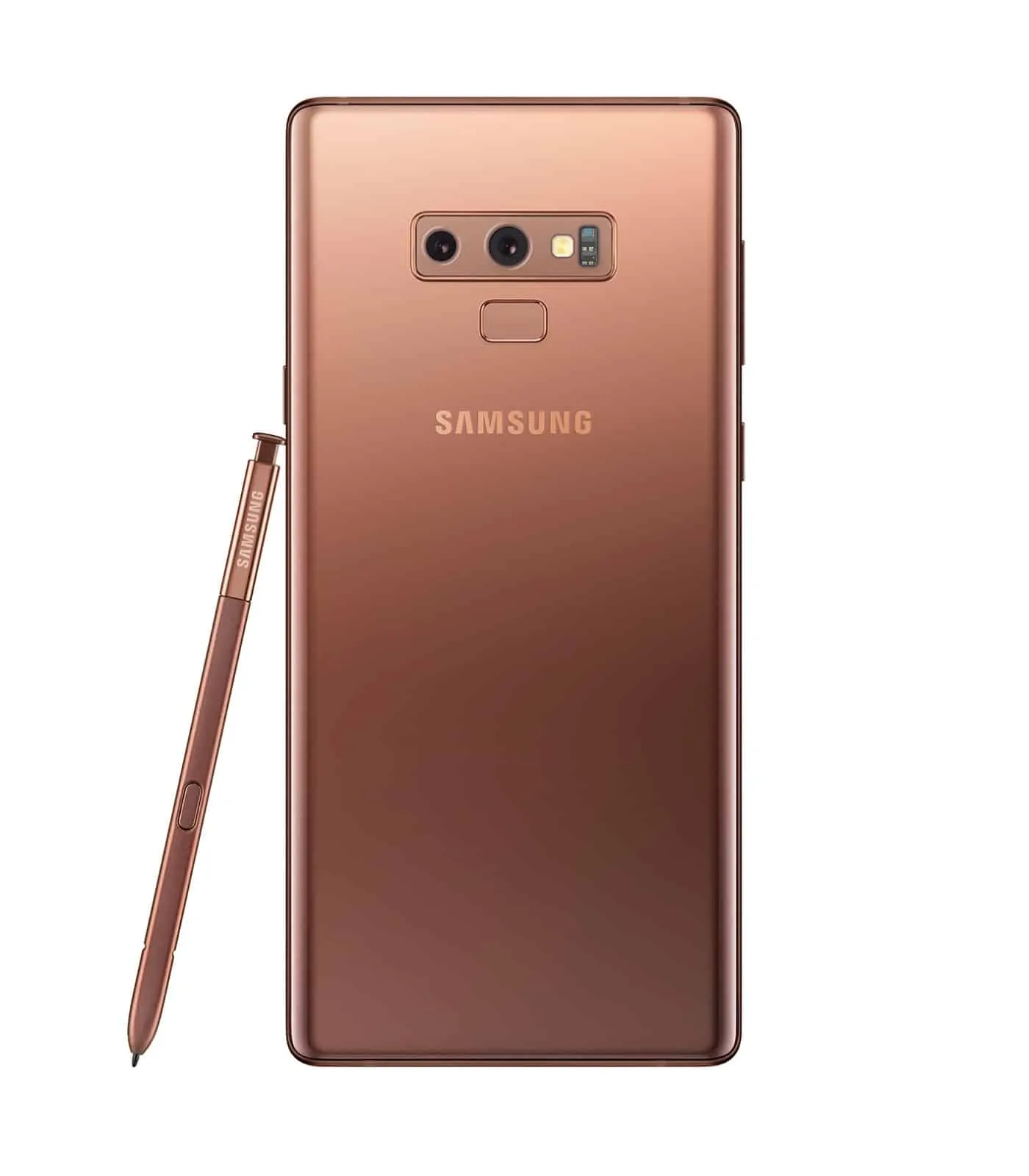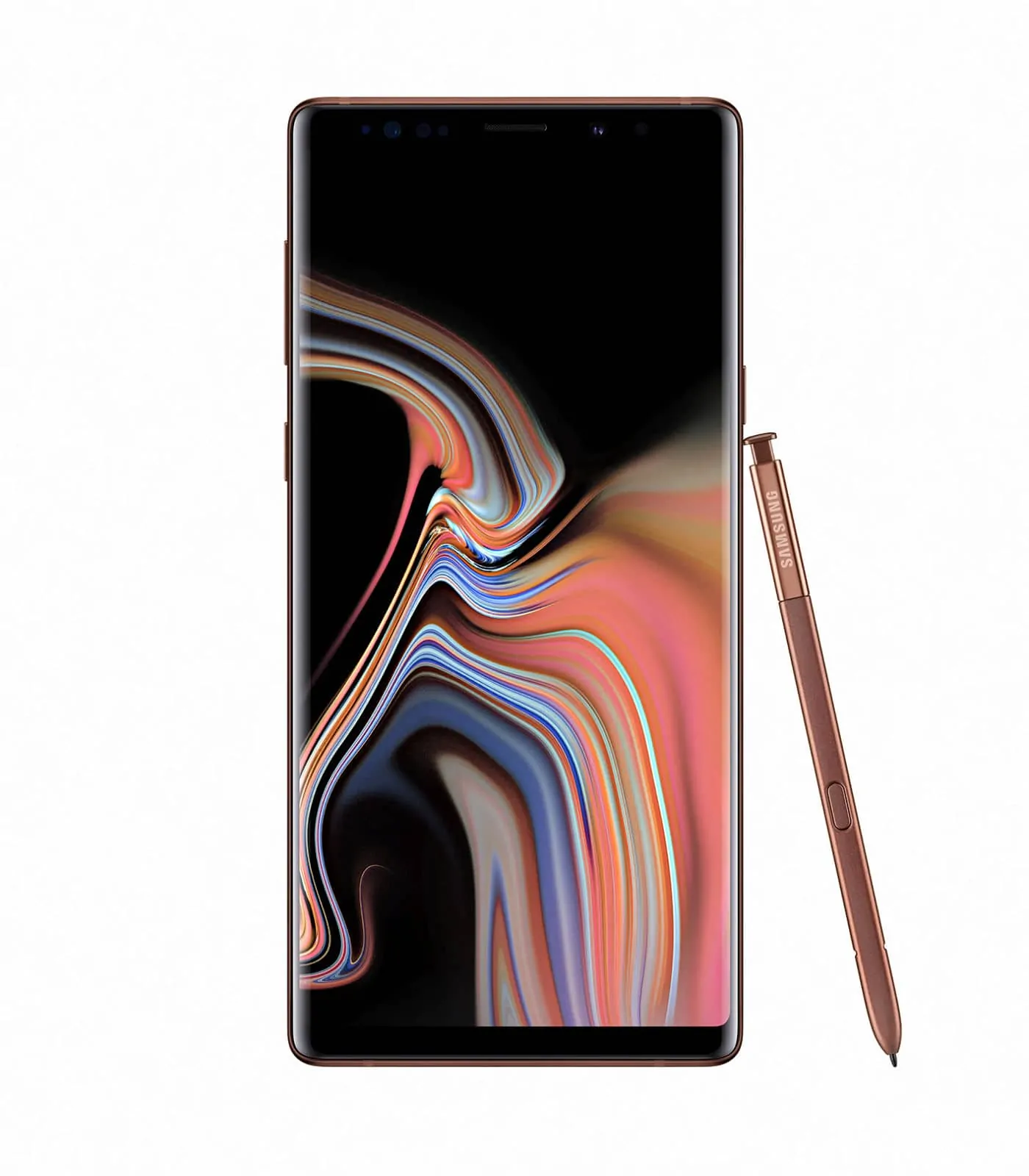The Samsung Galaxy Note 9 is here with more display, more battery, and just more in general.
The Samsung Galaxy Note 9 is now official after being announced today in New York. This is the latest addition to the Galaxy Note line and the smartphone Samsung hopes will turn the tide on the less-than-ideal sales of the Galaxy 9 and Galaxy S9 Plus, even by Samsung’s own measurements. In spite of Samsung’s 2018 hopes now being pinned on this device, the Galaxy Note 9 represents more of a refinement exercise than a revolutionary one. Due to a very similar design and build quality to the last year’s Galaxy Note 8. This is not to say there are no differences, however, as in addition to the number of spec improvements and upgrades normally associated with a device’s natural successor, the Galaxy Note 9 is making a big push to offer a heightened software experience. So while it might look the same, the Galaxy Note 9 is not the same. This is a device designed to do more than any smartphone has been able to do before, which is a pleasure that buyers will pay a premium for. Here’s what we now know about the Samsung Galaxy Note 9.
Samsung Galaxy Note 9 Specs
The Samsung Galaxy Note 9 comes in two SoC variants, just like the Galaxy S9 and Galaxy S9 Plus, as it is fueled by either the Exynos 9810 or the Snapdragon 845, depending on where it’s purchased. Both of those processors are 64-bit octa-core units from Samsung and Qualcomm, respectively. The Galaxy Note 9 features a 6.4-inch QHD+ (2960 x 1440) Super AMOLED Infinity Display. Not only is this an HDR10-compliant panel but also a display that is larger than the one included on the Galaxy S9 Plus, and one protected by Corning’s Gorilla Glass 5 – the same can be said for the rear panel as well. The Samsung Galaxy Note 9 sports 6GB and 8GB of RAM, depending on the model, and is set to arrive in 128GB and 512GB storage flavors, while a microSD storage expansion is also available, supporting up to 2TB of extra flash memory, or up to 512GB in practice seeing how no higher-capacity microSD options are presently available for purchase. A dual-SIM version of the Galaxy Note 9 will be available in select markets.
Two 12-megapixel cameras can be found on the back of the Galaxy Note 9, one with a variable aperture (f/1.5-f/2.4), 1.4um pixel size, PDAF and OIS, and a telephoto unit with a sensor size of 1um and OIS. An 8-megapixel camera (f/1.7 aperture, 1.22um sensor size) is included on the front, while Android 8.1 (Oreo) comes pre-installed on the device, serving as the basis for Samsung Experience 9.5. A 4,000 mAh capacity non-removable battery is also a part of the package and supports fast charging (Qualcomm’s Quick Charge 2.0, i.e. Samsung’s Fast Adaptive Charging), and wireless charging (Qi and PMA standards). Adding to the hardware lineup is a heart rate monitor, an iris scanner, and a rear-positioned fingerprint scanner, as well as AKG-tuned dual stereo speakers. Bluetooth 5.0 is included with the Galaxy Note 9, as is an IP68 certification for water and dust resistance and Samsung’s improved S Pen. The stylus now supports Bluetooth Low Energy and can be used for controlling the camera shutter, presentation slides, music and video playbacks, and even some games. The basic S Pen features supported by previous devices don’t require any charging, whereas third-party apps will be able to integrate S Pen support later this year. The Galaxy Note 9 is 161.9 x 76.4 x 8.8mm in size and weighs 201g.
Samsung Galaxy Note 9 Hardware Design
With the Galaxy Note 9 being a largely iterative upgrade on the Galaxy Note 8, it’s no surprise that the two handsets look nearly identical, with the biggest difference between the new colors that Samsung made available this year. The screen-to-body ratio of the device is still hovering around the 85-percent mark, with the highlight of its appearance being the 6.4-inch Infinity Display, a tall Super AMOLED panel with an 18.5:9 aspect ratio which curves around the long edges of the phablet in a subtle manner.
Even though the vast majority of top smartphone makers are now equipping their high-end devices with notches, Samsung is firmly resisting that trend to the point of airing ads mocking Apple for the screen cutout on the iPhone X, with the Galaxy Note 9 being meant to be yet another illustration of how a largely bezel-less mobile design is still possible with a fully symmetrical display. The glass sandwich aesthetic of the newly announced Android flagship allows for wireless charging and IP68-rated resistance to dust particles and water, with the overall package being both elegant and highly functional, suitable for single-handed use and capable of standing out from today’s contemporary flagships, at least non-Samsung ones.
Samsung has continued with the “don’t fix what isn’t broken” mantra with the one exception being the composition of the Galaxy Note 9’s rear elements. As was the case with the Galaxy S9 series, the Galaxy Note 9 features a fingerprint reader that’s situated below its camera setup instead of sitting to its right, resulting in a sensor that is now easier to reach. As a direct result of this design decision, the chances of the back cameras accidentally being smudged should also be significantly reduced. Overall, while differentiating between the Galaxy Note 9 and its predecessor based on appearances alone is a difficult task, this is still arguably one of the best-looking devices on the market, and one of the rare few 2018 flagships that lack a polarizing display notch. As for the main drawbacks of the Galaxy Note 9’s aesthetic, the device still appears to be somewhat slippery and relatively fragile, though the same applies to virtually every one of its rivals.
Samsung Galaxy Note 9 Cameras
Contrary to a number of previous rumors, the camera setup found on the back of the Galaxy Note 9 is essentially identical to the one used by the Galaxy S9 Plus, at least in terms of hardware. Therefore, the tech giant has once again opted for a two-sensor setup using a pair of 12-megapixel sensors, with the secondary one being mounted behind an f/2.4 lens. The primary camera uses a variable-aperture lens capable of switching between f/1.5 and f/2.4, with the change itself being automatic in all shooting modes apart from the Pro (manual) one. In practice, a brighter aperture should allow you to make the most of low-light shots while still being able to sacrifice it in better lighting conditions in favor of a sharper image.
Super slow-motion is still part of the package, delivering 720p recordings at 960 frames per second. Compared to the Galaxy S9 and Galaxy S9 Plus, the Galaxy Note 9 can capture such clips for up to 0.4 seconds, or twice as long. The actual slow-mo trigger is still motion-based and hence fully automatic, though a single video can contain multiple 960fps segments. AR Emoji also made a return and are advertised as being somewhat more capable at tracking your facial gestures, though the 8-megapixel (f/1.7) camera of the Galaxy Note 9 remains largely underwhelming in the context of such a functionality, especially given how Xiaomi’s Mi 8 and Apple’s iPhone X already demonstrated how capable an actual 3D imaging setup can be at applying augmented reality masks to one’s face. In terms of selfies, the Galaxy Note 9 is as good as the Galaxy S9 series is, with portrait mode support and a wide variety of beautification effects being on board. Portrait mode — or “Live Focus,” as Samsung calls it — is also supported by the rear camera of the device, as is a hyperlapse feature and a dedicated shooting method for food.
Bixby is still deeply integrated into the default Camera app of Samsung’s newest Android flagship and as the Galaxy Note 9 comes with a significantly more capable (2.0) version of the artificial intelligence assistant, its ability to identify images of various objects using computer vision should be much better as well. A number of algorithm changes powered by artificial intelligence solutions are also promising to improve certain aspects of the Galaxy Note 9’s imaging capabilities compared to those of the Galaxy S9 line, primarily by improving its ability to recognize subjects and adjust its camera parameters accordingly, though it’s still unclear whether that older series will also receive the new software improvements in the future.
All in all, while the Galaxy Note 9 introduces little significant novelties and improvements in the imaging department compared to the Galaxy S9 Plus, the latter still features one of the best mobile cameras ever created. So, if taking stellar shots of a broad range of subjects is something you’d like your smartphone to do, the newly unveiled Android handset will surely take your mobile photography game to the next level, even though a small number of 2018 devices outperform it in certain camera aspects, with Huawei’s P20 Pro being the obvious example of one extremely capable rival. Possibly the most obvious shortcoming of the Galaxy Note 9’s camera solutions is the lack of support for HDR capture that nearly every other Snapdragon 845 smartphone offers, likely because the Exynos 9820 chip powering the international variants of the handset doesn’t have the ability to record HDR videos and Samsung’s premium product strategy always placed a large focus on feature parity across same-generation models.
Samsung Galaxy Note 9 Battery
In simple terms, the Galaxy Note 9 comes equipped with a 4,000 mAh capacity battery that should be plenty enough to get through an average day’s worth of usage. While 4,000 is high compared to the battery capacities of other smartphones in the same tier, they are not directly comparable on the mAh account due to the highly demanding nature of the Galaxy Note 9 with heightened processing capabilities, a larger display than on most other phones, and a high-quality display to boot. So the capacity in itself, while sufficient, is relative to the rest of the phone and will likely result in massively varying levels of daily battery life depending on how an individual uses the phone. That said, the 4,000 mAh figure is comparable to the Galaxy Note 8 and on that basis marks a significant improvement — one of the most notable ones when comparing the changes between the two — considering the Galaxy Note 8 is powered by a 3,300 mAh capacity battery. A capacity that is understood to have been lowered following the battery fiasco that surrounded the Galaxy Note 7. So, while there are other improvements compared to the Galaxy Note 8 which will further impact battery life, the upping of the capacity from 3,300 to 4,000 mAh is likely to result in a fairly significant upping in the number of screen-on hours. Those who liked the daily battery life offered with the battery of the Galaxy Note 8 will likely love the daily battery life on the newly announced flagship. This is all without even taking into account the various software tweaks that are included and designed to further customize the experience with a view to optimizing daily battery usage. Such as the Always-On display settings, and the various Power Saving Modes that can be selected within the battery settings menu.
Irrespective of daily battery life, Samsung has always been a company that offers as many charging options as possible and the Galaxy Note 9 is no exception. The Galaxy Note 9 hence supports fast wired and wireless charging, though the former is still only rated on par with Qualcomm’s Quick Charge 2.0 tech. On the subject of wireless charging, along with announcing the Galaxy Note 9, Samsung also announced a new charging accessory (sold separately), the Duo Wireless Charger. As the name suggests, this charger will not only wirelessly charge the Galaxy Note 9, but also another device as well due to its inclusion of two Qi-supported charging pads.
Samsung Galaxy Note 9 Security & Software
The Galaxy Note 9 brings some of the security features found on the Galaxy Note 8, including a fingerprint sensor and an iris scanner. With the fingerprint sensor, you’ll be able to not only keep your device locked, but also authenticate yourself in apps. While the iris scanner can allow you to unlock your device by simply looking at it, it won’t work with many apps for authentication. The iris scanner also works in conjunction with face unlock (which Samsung calls Intelligent Scan), so it’ll be more secure than most other Android smartphones, but still not as secure as using a fingerprint sensor.
Samsung has included its Knox platform on the Galaxy Note 9, as you’d expect. With Knox, companies will be able to deploy Galaxy Note 9 units to their employees and be able to push updates to them when needed. This makes it easier to manage a fleet of smartphones, which many companies do these days. Knox is also what keeps the Galaxy Note 9 from getting malware and viruses, keeping users safe. The DeX functionality Samsung introduced with the Galaxy S8 series is still part of the package but is now built-in and doesn’t require any accessories other than an HDMI cable to connect the Galaxy Note 9 to a monitor and have it turn into a full-fledged PC, as is the case with the Galaxy Tab S4 which was unveiled last week.
Samsung Galaxy Note 9 Variants
Samsung introduced the Exynos 9810 and Snapdragon 845 Galaxy Note 9 variants of the Galaxy Note 9, although both won’t be available in all regions. The Snapdragon 845-powered models are heading to North America and China, while the Exynos 9810 versions are on their way to Europe, India, and the rest of the world. In addition to the two different SoC versions, Samsung also announced several different storage variants of the Galaxy Note 9. Buyers will have the option of choosing between 128GB and 512GB storage flavors, with the latter offering 8GB of RAM as opposed to 6GB, though not all of them will be available in all markets. As is usually the case with Samsung phones, the Galaxy Note 9 will also be available in a number of different color options: Midnight Black, Lavander Purple, Ocean Blue, and Metallic Copper.
Samsung Galaxy Note 9 Availability
Samsung Galaxy Note 9 will be available for pre-orders within the next 24 hours, depending on the market, and will start shipping on August 24, with both models being available globally. In the U.S., you’ll have the option of getting a pair of wireless AKG noise-canceling headphones which normally cost $299, or a Fortnite gaming package valued at $149 (Fortnite is launching on Android as a Samsung exclusive today). Alternatively, you can choose to get both for an additional $99 on top of the Galaxy Note 9’s price, thus still saving $350 in the process. Wireless carriers will also be offering their own promotions for the Galaxy Note 9, including “Buy One, Get One Free” deals for those looking to score more than one device at the same time. Samsung’s online storefront will be offering Galaxy Note 9 pre-orders as well.
The Galaxy Note 9 will be sold stateside in Ocean Blue and Lavender Purple, starting at $999 for the 128GB model and $1,249 for the 512GB option. Pre-orders in the U.S. are starting on August 10. at 12:01 AM EDT. Verizon, AT&T, T-Mobile, U.S. Cellular, Sprint, and Samsung itself will be releasing the device on August 24. Amazon, Walmart, Best Buy, Costco, Sam’s Club, Straight Talk Wireless, and Target will also be carrying the Galaxy Note 9, though the 512GB model will apparently only be available unlocked. The Galaxy Note 9 is also already available for pre-orders in the United Kingdom, starting at £899, whereas the 512GB model is priced at £1,099.
Samsung Galaxy Note 9 Gallery

